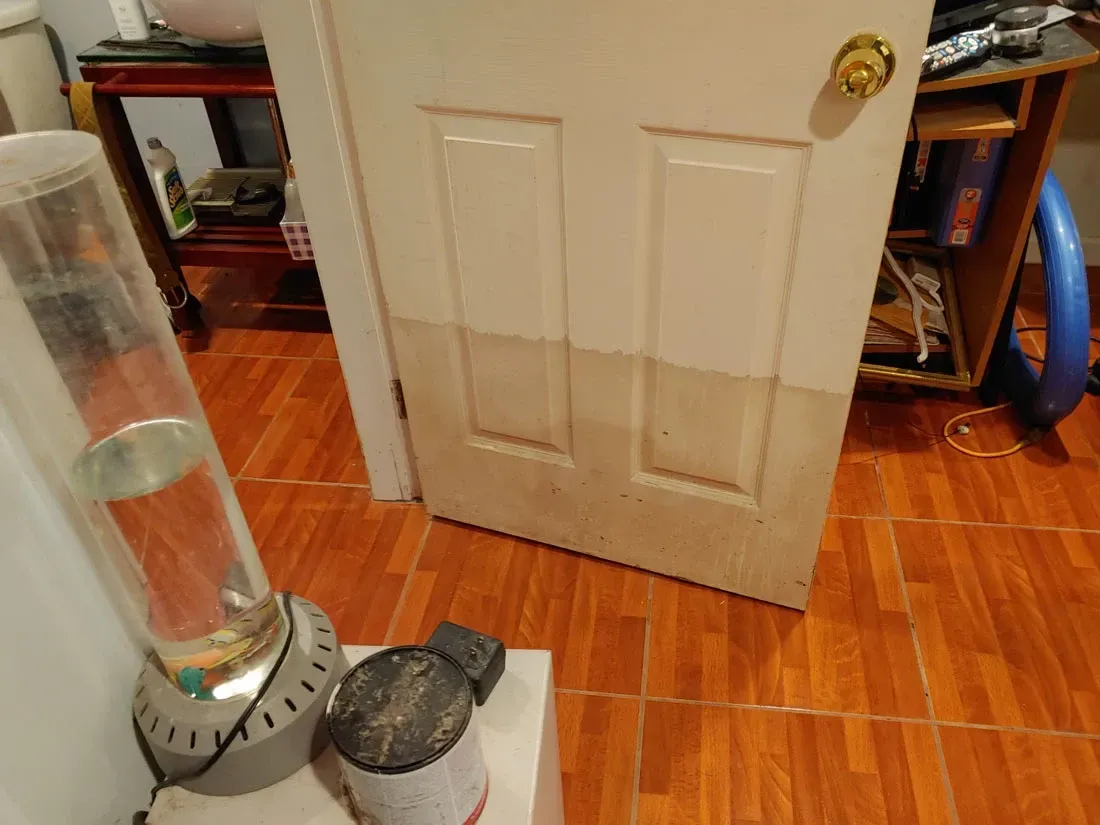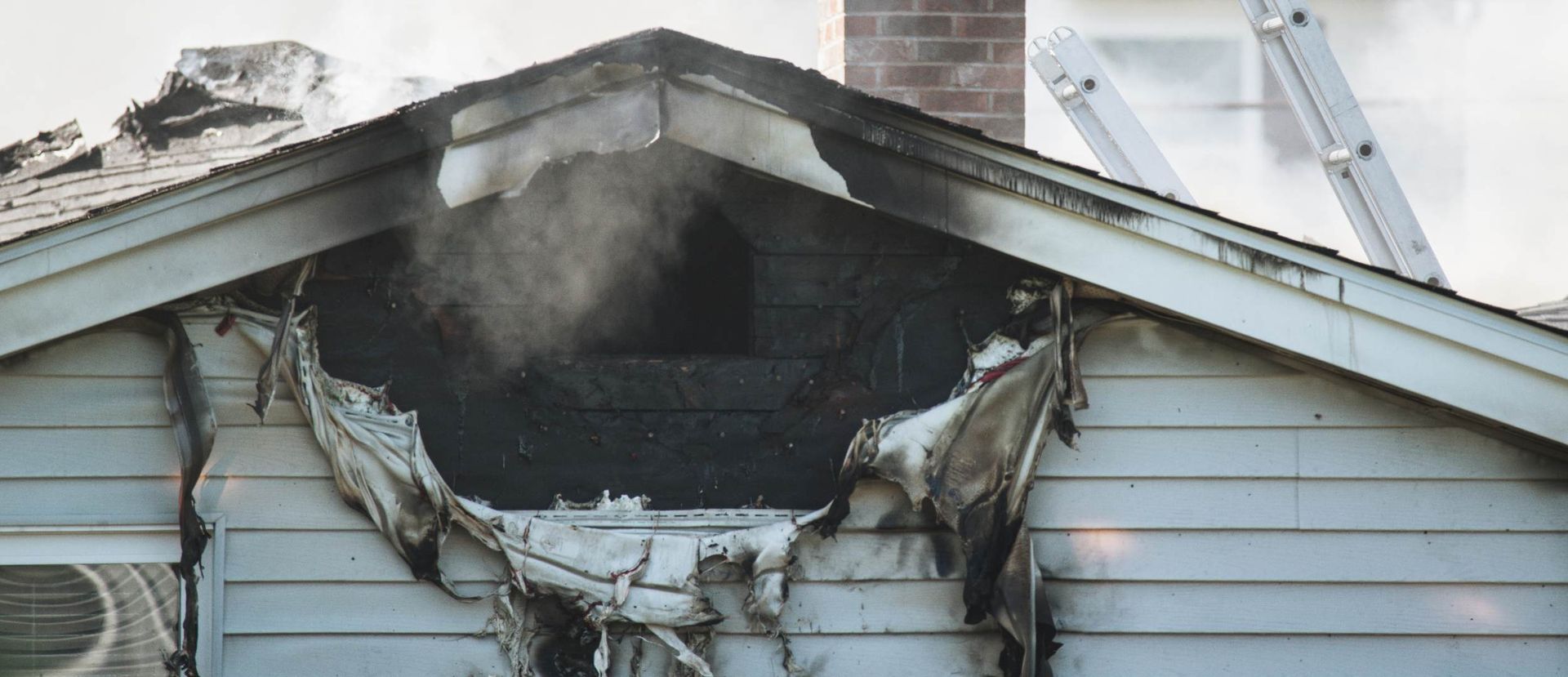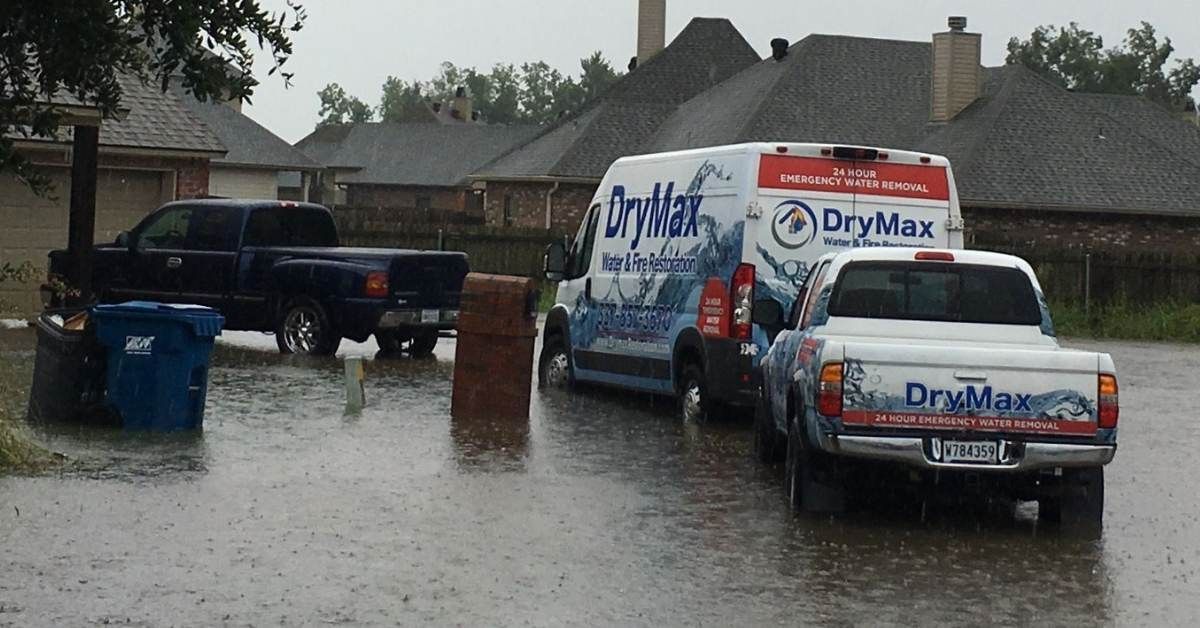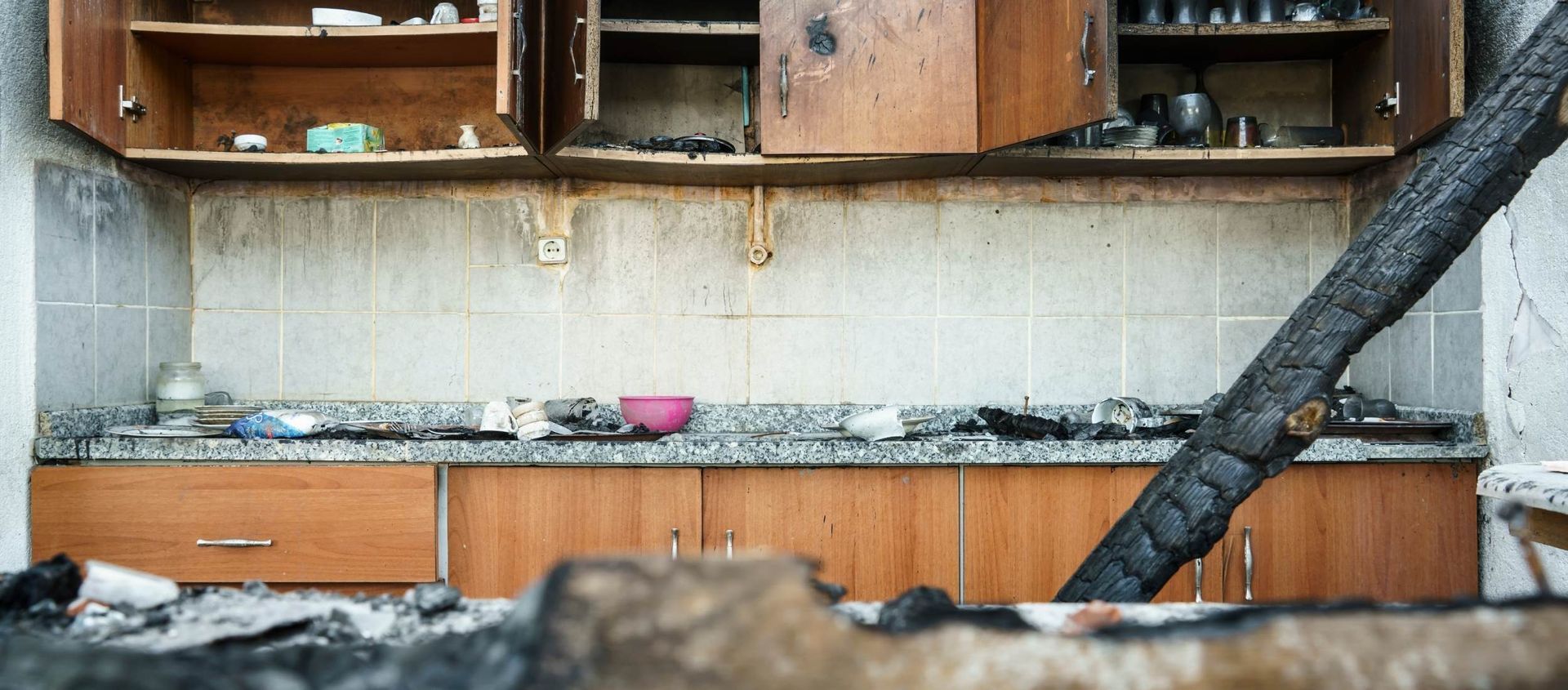Water Damage Restoration in New Iberia, LA
Water Damage Restoration LA

Living in Louisiana, residents of cities like New Iberia and Baton Rouge often grapple with water damage due to frequent flooding. The post-flood cleanup and restoration process is a critical yet potentially complex phase requiring meticulous planning and execution. To assist you through this challenging time, we've outlined five common mistakes you should avoid to minimize water damage and accelerate restoration efforts, primarily focusing on New Iberia, LA while providing insightful tips for Baton Rouge residents.
- Delaying the Cleanup Process - The first crucial mistake that homeowners in both New Iberia and Baton Rouge make is delaying the cleanup process. Immediate action following a flood is not just recommended but necessary. This is due to the potential exponential damage that can be caused by standing water. Every hour the water remains, it seeps deeper into your home's structure, promoting deterioration and providing a damp, warm environment perfect for mold and mildew growth. Therefore, to prevent extensive water damage in your New Iberia, LA, home, or even in Baton Rouge, LA, start the water extraction and drying processes as soon as safety permits.
- Ignoring Electrical Hazards - The second blunder is often due to homeowners underestimating the dangers of potential electrical hazards following a flood. Water is a potent conductor of electricity, and when floodwater inundates your home, it can electrify any plugged-in device or live outlet, posing a significant risk of electrical shock. Thus, whether in New Iberia or Baton Rouge, shutting off your home's main electricity supply before starting cleanup efforts is essential. If the switchboard isn't safely accessible, don't hesitate to contact a professional electrician for assistance.
- Not Wearing Personal Protective Gear During Cleanup - Cleanup after a flood is more complex than regular house cleaning; it carries inherent health risks due to the potential contaminants present in floodwater. This water might contain harmful bacteria, viruses, chemicals, and even sharp debris. Therefore, your safety is of paramount importance during the cleanup process. Irrespective of your location in New Iberia, LA, or Baton Rouge, LA, always wear personal protective gear like durable gloves, waterproof boots, and a face mask before engaging in any cleanup activities.
- Neglecting Professional Water Damage Restoration Services - While some homeowners might feel they can manage the cleanup process, water damage restoration is a specialized field that often requires professional expertise. Water damage restoration services have access to advanced equipment for thorough water extraction, accelerated drying, and precise dehumidification. They are trained to spot signs of mold infestation, and they know how to prevent it. They can also help you salvage personal items you may think are beyond recovery. By hiring professional water damage restoration services in New Iberia, LA, or Baton Rouge, LA, you'll secure a more comprehensive and efficient restoration process for your home.
- Skipping a Thorough Damage Assessment After Cleanup - The last mistake is a common oversight that could have long-term implications for your home's structural integrity and indoor air quality. Homeowners often think the process is complete after the apparent water has been extracted and the area seems dry. But hidden water damage, such as moisture trapped in walls, under floorboards, or in the ceiling, can continue to cause issues if not identified and addressed promptly. In both New Iberia and Baton Rouge, it's strongly recommended to enlist professional water damage restoration services to perform a thorough damage assessment and deal with hidden issues, thereby preventing further damage.
Effectively managing water damage and restoring your home post-flood involves many careful considerations. Prompt action, stringent safety measures, the use of personal protection gear, the inclusion of professional assistance, and conducting a thorough post-cleanup damage assessment are all critical steps. As residents of New Iberia, LA, or Baton Rouge, LA, abiding by these guidelines can help you successfully navigate the recovery process, protect your family's health, and maintain your property's structural integrity and value.




